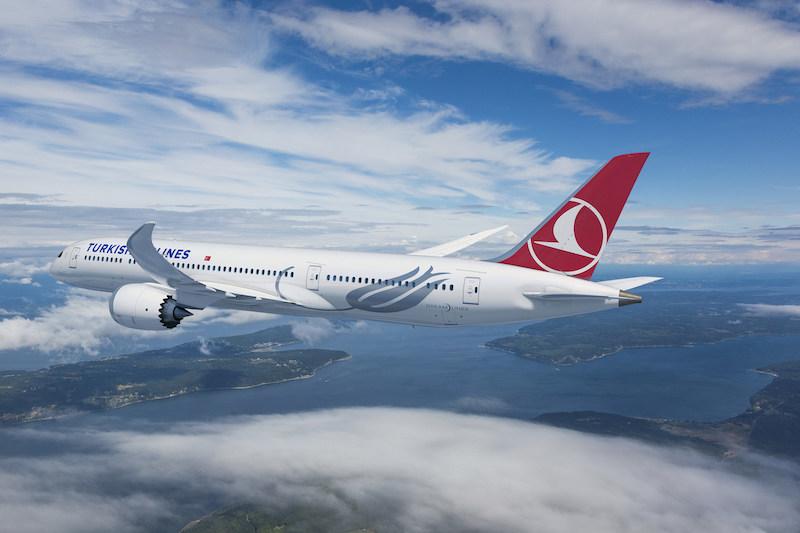
Credit: Boeing
After last week’s Flight Friday analysis showcased that international flights are back to 2019 levels, this week we look at the passenger widebody market, and the “resurgence” that is happening. For the last, almost five years, the narrowbody has been seen as the “King” or “Queen” of the passenger...
Subscription Required
This content requires a subscription to one of the Aviation Week Intelligence Network (AWIN) bundles.
Schedule a demo today to find out how you can access this content and similar content related to your area of the global aviation industry.
Already an AWIN subscriber? Login
Did you know? Aviation Week has won top honors multiple times in the Jesse H. Neal National Business Journalism Awards, the business-to-business media equivalent of the Pulitzer Prizes.





